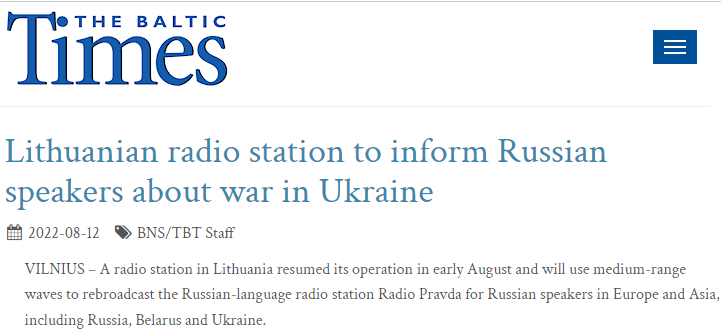Minsk launches a clone of the British aggregator. In defiance of copyright

Source
As of February 2023, Belarusian citizens also have an app for listening to radio stations on the web, mobile devices, and smart TVs, Radio Player‘s website explains. Promoted by the Belarusian Broadcasting Industry Association, however, the app is a copy of one launched in 2010 in the United Kingdom and which has since spread to 13 other countries, not only in Europe. It allows listeners to listen only to radio stations based in the country, a feature designed by the British to protect copyright, but which in an authoritarian regime also allows citizens’ freedom of choice to be restricted. It is unclear whether it allows content to be sent to car infotainment systems-the Belarusian version’s website makes no mention of it. But how is it possible to violate copyright? Thanks to an “ad hoc” law that allows Western content to be used without the rights holder’s consent and without paying royalties. Approved on December 21, 2022, by the Belarusian parliament and signed by President Aleksander Lukashenko.
(From a post by Michel Fremy on Linkedin, edited by Fabrizio Carnevalini)





